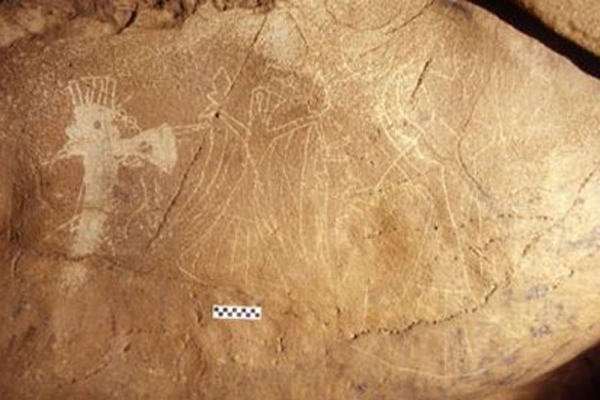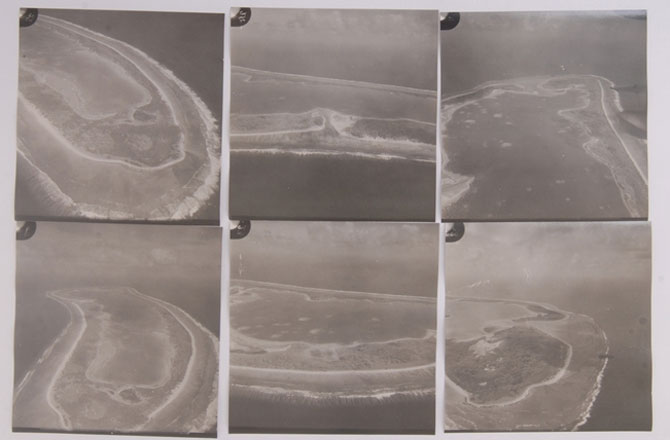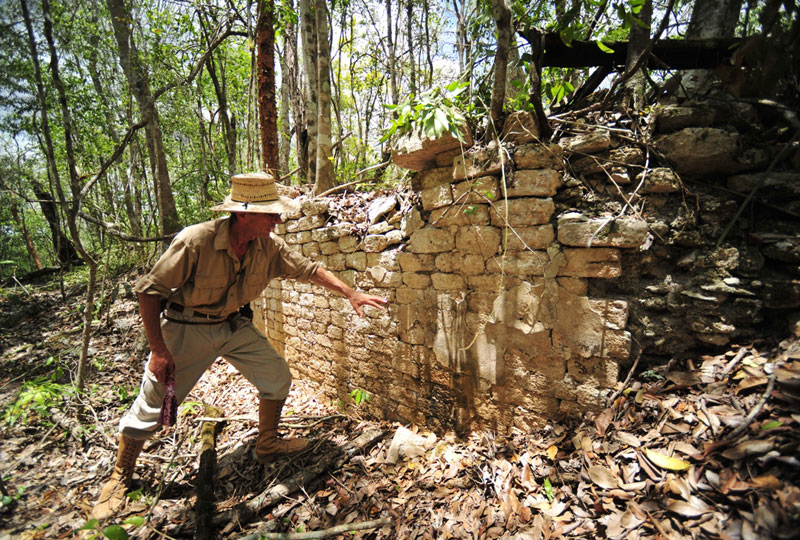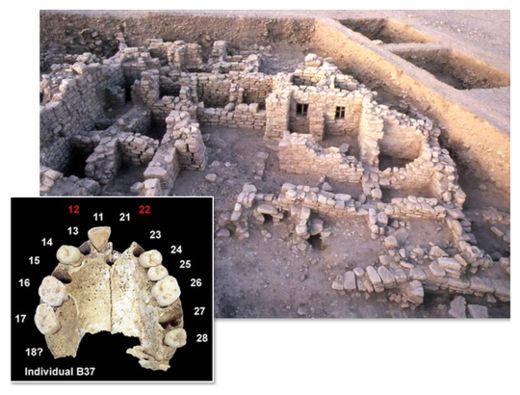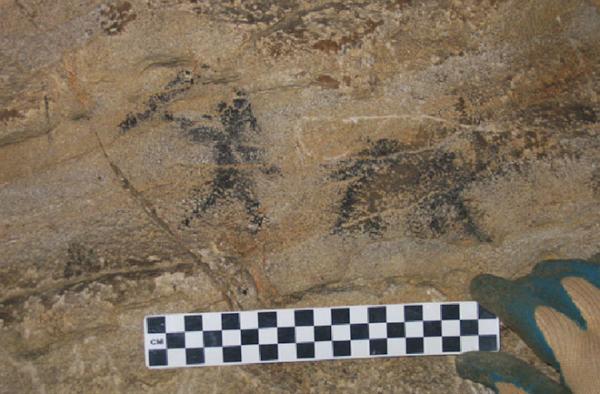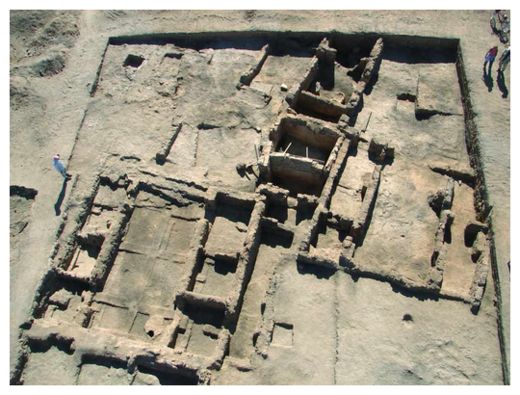
© Courtesy University of Chicago News Office, released in 2005An aerial photograph of part of Hamoukar that dates back to the fourth millennium B.C. During this time Hamoukar was attacked and burned, the first known victim of urban warfare. Today the site is threatened by the effects of a modern-day war.
An ancient city in Syria, which was the site of the earliest known case of urban warfare, now finds itself threatened by the effects of a modern-day war.
Around 5,500 years ago,
before writing was even invented, the people of an ancient city called Hamoukar, located in
modern-day Syria, were subjected to the horrors of urban warfare, the earliest case of this style of combat that scholars know about.
They were assaulted by a force armed with slingshots and clay balls. The attackers, possibly from a city named Uruk and perhaps motivated by Hamoukar's access to copper, succeeded in taking the city, destroying part of it through fire.
"The attack must have been swift and intense. Buildings collapsed, burning out of control, burying everything in them under vast piles of rubble," Clemens Reichel, one of the team leaders of the University of Chicago Oriental Institute's Hamoukar Expedition, said in a 2007 University of Chicago news story.
Today, more than 5 millennia after the battle, the horrors of urban warfare are being revisited on the modern-day people of Syria. But rather than slingshots, they face automatic gunfire, helicopter gunships and, as Western intelligence agencies have now verified,
chemical weapons.
The conflict has killed more than 60,000 people and resulted in more than a million refugees being forced to flee the country. It has also damaged and otherwise put in peril numerous historical sites, including Hamoukar.
